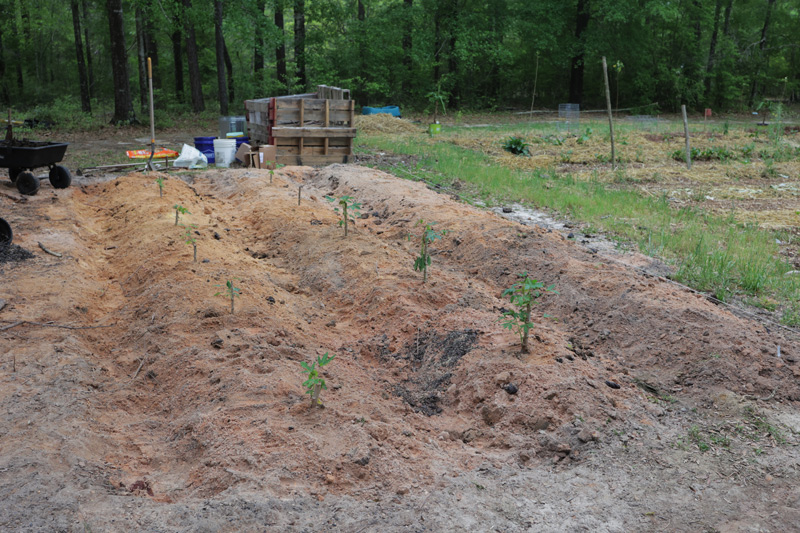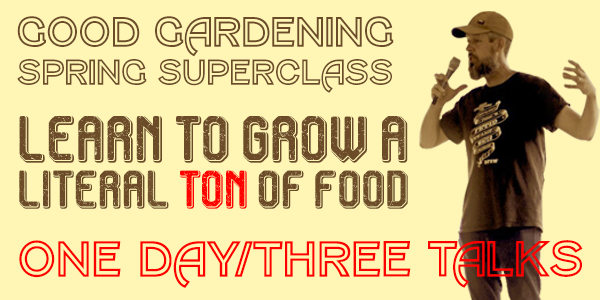Just because you have a sandy Florida yard, it doesn’t mean you can’t grow food.
Last week at the Palafox Market, a couple told me they were struggling to garden in their “terrible sand” near the ocean. It can be tough, for sure, as it eats compost and drains quickly, becoming hot, and dry, and Sahara-like just days after a rain.
Yet you can garden quite well in Florida sand. Jim Hawkins writes:
When I lived in Niceville FL, mid 1980s. I went to the local fisherman’s Co-Op and sometimes to Destin harbor to meet the returning boats, got plenty of fish bones and guts for my garden. I took all my neighbors live oak leaves I could find (at least 100 bags each year) and put them into foot deep trenches mixed with the fish residues. Covered with about 6 inches of the 99% pure sand and planted my garden. No rotten fish smell!! The first year was so-so as far as crops, but next three years, I was the talk of the town. The city Administrator even came to see my garden. Based on my results, the Twin Cities, of Niceville and Valparaiso, launched a compositing center and offered back free composted mulch to residents at no charge, saving the towns tens of thousands of dollars each year in landfill fees.
Oak leaves = carbon; fish guts = nitrogen, plus all the great nutrients from the ocean.
This reminds me of an experiment we did a couple of years ago when we were renting our previous house.
There we found a pile of construction sand that had been dumped some years previously at the leading edge of the backyard. It was almost pure masonry sand, with a bit of red sub-soil sand mixed in, spread across the ground near an oak.
I borrowed a tractor and spread it out, then dug a few trenches in it and laid down rows of cow pies, which I then buried under mounded beds.
On top of these mounds, I planted cassava cuttings.
Much to my delight, we grew some of the best-looking cassava in that terrible sand.
Don’t underestimate the power of organic matter to improve sand! It’s also very easy to dig root vegetables from Florida sand, which is an added benefit.
We’ve also planted lasagna gardens on top of sand, and made melon pits, and watered the sand with Dave’s Fetid Swamp Water. All of these practices we tried and tested across multiple homesteads, and our results culminated in my book Compost Everything: The Good Guide to Extreme Composting.
Jim figured it out even before we did. And so have many others. Don’t let the sand defeat you.
It can be as simple as digging a hole or a trench, burying some various organic materials, then planting on top.
You can grow plenty more than you think, even if you have nothing but construction sand.




